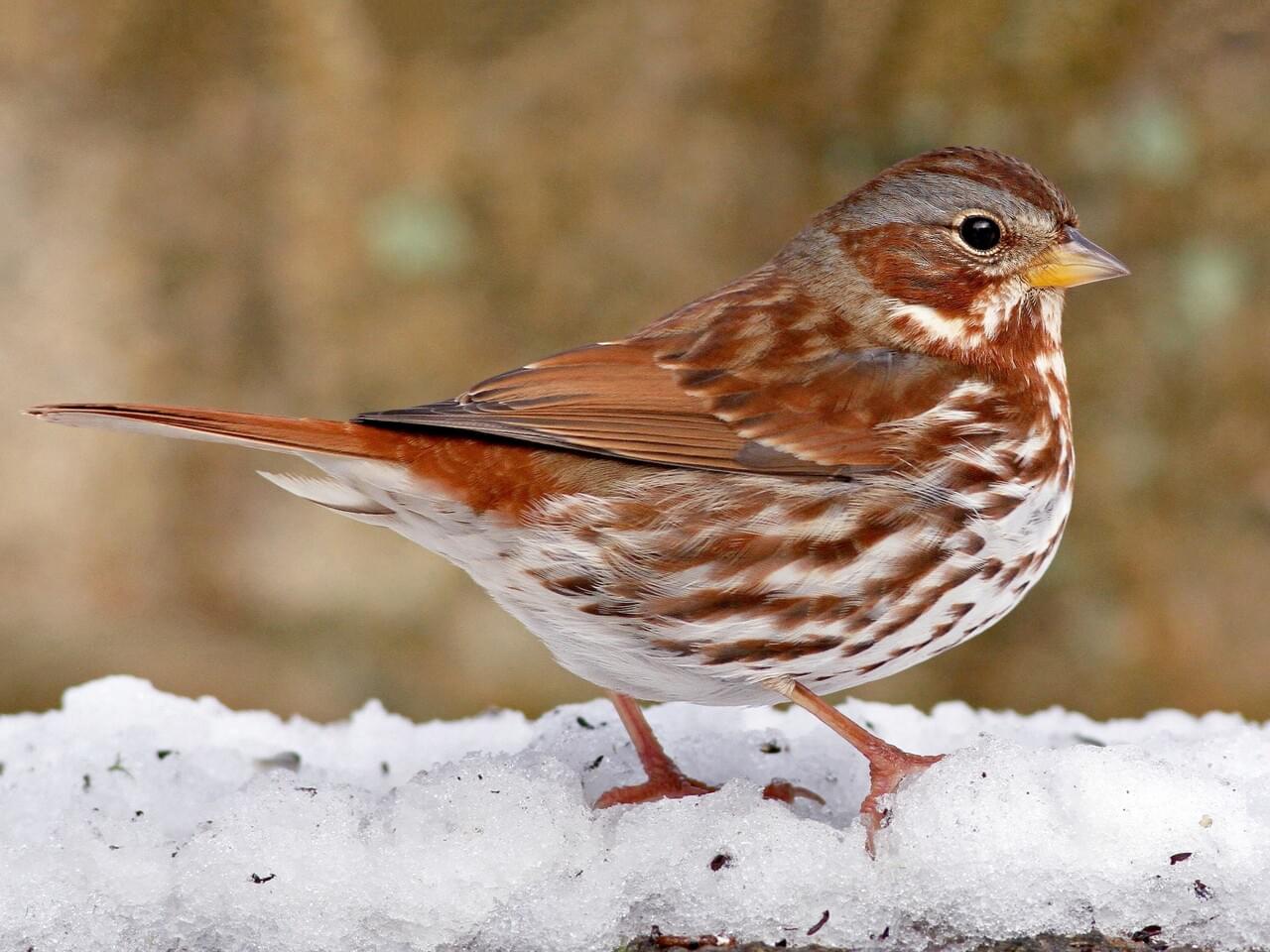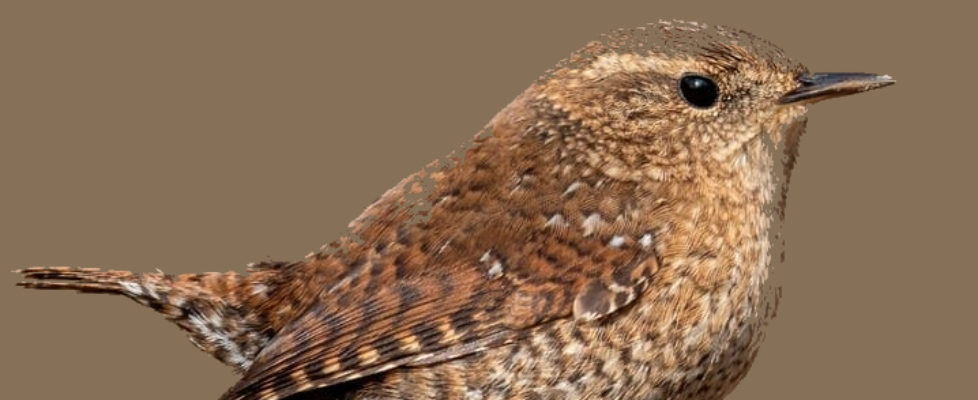Wintersong
We’d been having typical early December weather in this part of New York: Cold and rainy some mornings, icy others, and always gray lawns and gray trees and gray skies under a heavy burden of clouds. And then, one day, I awoke to find the sky that crystalline deep blue we see every once in a while at this time of year. So I grabbed the chance and headed off to Croton Point Park.
I wasn’t surprised to find that I was far from the only living creature who seemed to appreciate the change in the weather. After days of hunkering down out of the rain, Red-tailed Hawks and Bald Eagles soared on the air currents rising from the park’s sunlit hill. Every stalk of mullein seemed to have a Song or Savannah Sparrow perched on it, regarding me with a bright eye, every patch of woods a busy assemblage of foraging chickadees, titmice, and other small songbirds.
I’d expected all this. But I also encountered something I hadn’t expected: birdsong. Lots and lots of birdsong. All over the park, common birds like Song Sparrows and Carolina Wrens were singing, but so were rarer, stealthier ones. Along one trail, a skulking Winter Wren let loose with its bubbly song, while out in a patch of scrub a gaudy red Fox Sparrow repeated its rollicking melody.
Most of us know why the avian chorus can be so deafening in the spring and early summer: Birds are establishing territories, finding mates, protecting their nest sites. Song is a way for the breeding birds (usually the males) to proclaim, “We’re here! Stay away!” But why were all these birds singing at in December, months from nesting season?
I decided to find out. And I discovered that there are almost as many reasons as birds. Song Sparrows, for example, have two motivations for singing at any time of year. One is that, while most birds repeat a single song, Song Sparrows can learn as many as 20 different melodies…and then compose 50 new variations for each one! They need a lot of practice before springtime rolls around.
But there’s another, more surprising reason why Song Sparrows sing in the winter. Unlike most species, they establish and defend territories all year long. What’s even more unusual, though, is that the sparrows don’t establish these territories alone or with a mate. Instead, they form a small team with one or two other birds, male or female, which researchers think may be siblings, cousins, or simply unrelated companions. One of the ways these little groups defend their off-season territories is through song.
With Carolina Wrens, the answer is simpler: This is a species that usually mates for life and maintains the same territory all year. Again, singing is an essential part of both the pair-bonding and territory-defending process. That’s why, even on snowy days in the depths of winter, you can hear the male and female’s loud, cheerful “Teakettle! Teakettle!” duets.
So that’s two species’ vocal behavior explained. But how about the Winter Wren and Fox Sparrow? Turns out that’s more mysterious.
Starting in the spring, a male Winter Wren will go through a very labor-intensive courtship process. He’ll claim a territory and then proceed to build several different nests on it, sometimes as many as half a dozen. When a female enters his territory, he’ll sing from an exposed perch, do a little courtship dance, and then show her all his nests, inviting her to choose the one she likes best. But he has no special reason to be singing where he spends the winter.

Fox Sparrows are known to be early songsters…but in this case “early” means late January and February, when spring is at least on the distant horizon. At that time, they’ll be joined by other species that, spurred by the lengthening days and gradually warming weather, are also getting their pipes ready for nesting season. But this is still way too early for that.
So what was going on during my wintersong-filled walk at Croton Point? No doubt there’s some scientific answer to this question, but I couldn’t find it. So I’m choosing to believe instead that, after so many cold and rainy days, the Fox Sparrow, Winter Wren, and other birds were simply happy to find themselves in golden sunlight under a beautiful blue sky.
And when you’re happy, what better way is there to show it than to sing?
Copyright © 2022 by Joseph Wallace



